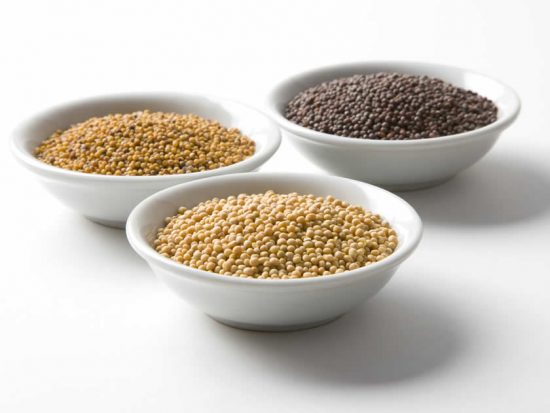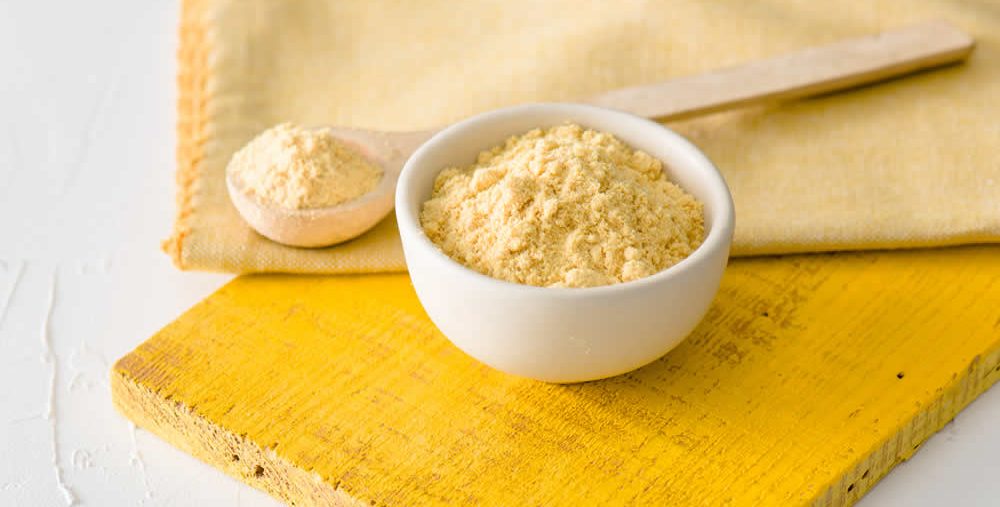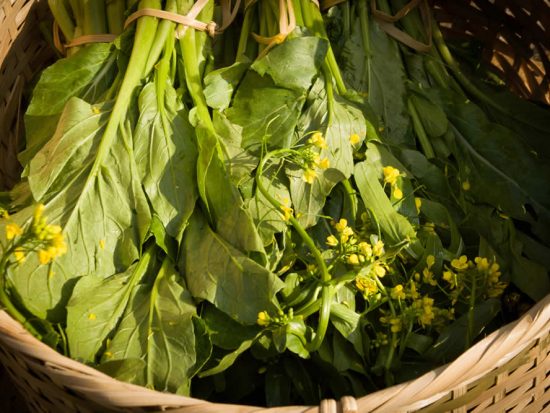Mustard is a yellow flowered plant with a small round seed in the Brassicaceae family and is closely related to cabbage, broccoli, Brussels sprouts and other crucifers. Most of the world’s mustard is grown throughout North-West India, the North American prairies, Pakistan and Nepal.
Mustard Seed
Yellow Mustard Seed
Yellow mustard (Sinapis alba) is best known as the main ingredient in North America’s traditional hotdog mustard. It is the most widely grown type of mustard and has the mildest flavour.
Brown Mustard Seed
Brown mustard (Brassica juncea) has a dark brown seed coat and is most widely used in Dijon style mustards. Brown mustard has a spicier flavour profile and is also used in combination with yellow seed in the making of English style mustards.
Oriental Mustard Seed
Oriental mustard is the golden yellow seed coat coloured version of Brassica juncea. It is the most piquant of the mustard seeds and is primarily used in Asia as a condiment in Japanese cuisine and as source of cooking oil in some other Asian countries.

Mustard Powder
Mustard powder is the ground form of the yellow mustard seed. It has a mild peppery flavour and is a great addition to soups, stews, sauces and vinaigrettes as a thickener and emulsifier.

Prepared Mustards
There are endless combinations when creating a prepared mustard and these are just a few of our favourites. Watch this video to learn how to build your own mustard:
Mustard Sprouts & Greens
- Low in calories
- High in fiber
- High in antioxidants
- Excellent source of Vitamin K
- Help lower cholesterol
- Packed full of phytonutrients
- Can be eaten raw, stir fried, steamed or sauteed
- Nutrition Facts
Mustard greens add a peppery taste and can be eaten raw or cooked. One cup raw is low in calories, fat free, cholesterol free, an excellent source of vitamin C, vitamin A, folate and vitamin K, as well as a source of fibre, calcium, iron, manganese and potassium.


